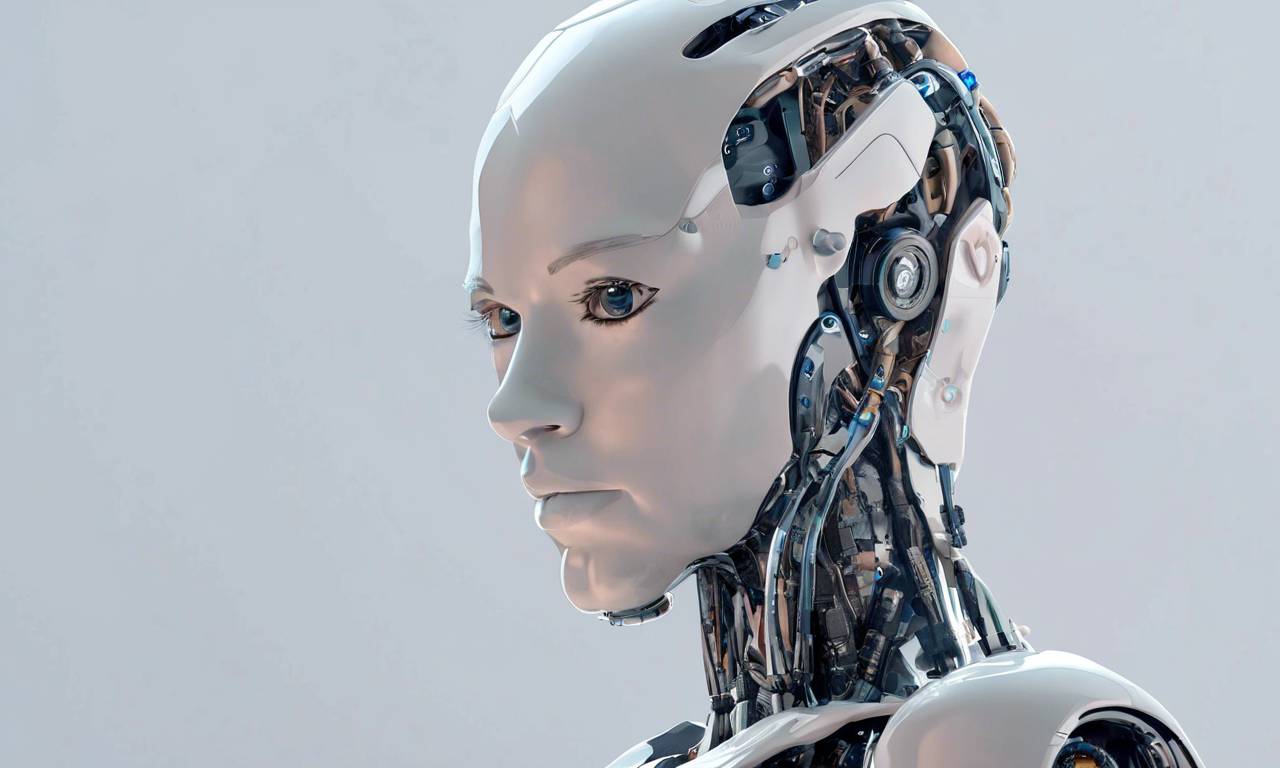The Fascination with Humanoid Robots: From Ancient Myths to Modern AI
Human-like robots infused with artificial intelligence have long been a subject of fascination and speculation. From ancient myths to modern technology, the desire to create humanoid robots has persisted throughout history. While there are practical applications for these robots, such as in industry and space exploration, there are also ethical considerations and challenges that need to be addressed.
A Long History of Robots
The fascination with humanoid robots dates back thousands of years. In ancient Egyptian mythology, the story of Osiris involves the resurrection of a dismembered body. This theme continues in ancient Greek myths like Pygmalion and in European folklore with the Golem. Mary Shelley’s Frankenstein further explores the idea of creating artificial life.
Utilitarian Objectives
One reason for the interest in humanoid robots is their potential utility. Companies like Meta and Open AI-backed startup 1X are developing robots for tasks ranging from human-robot cohabitation to home automation. There is also interest in using humanoid robots for space exploration. However, it’s important to note that much of the hype surrounding these technologies may be inflated.
The Limitations of Robots
While AI has made significant advancements, robots still struggle with tasks that require human-like dexterity. Jobs requiring physical skills, such as product assembly or blue-collar work, are not easily replaceable by androids. However, recent developments in robotic hands, like Nvidia’s Eureka AI, show promise in bridging this gap.
Safety and Ethical Considerations
As consumer-grade robots become more prevalent, policymakers need to address safety and environmental concerns. This is particularly important for vulnerable populations like the elderly. Comprehensive safety inspections and regulations should be put in place to ensure public safety and prevent injuries.
The Uncanny Valley
One challenge in designing humanoid robots is the uncanny valley effect, where hyper-realistic human-like features can cause discomfort. While there is a desire for robots that can perform human tasks, many people prefer robots that clearly look like machines rather than attempting to mimic humans too closely.
The Cost Barrier
A major barrier to the widespread adoption of humanoid robots is the high cost of development and manufacturing. As technology progresses and costs decrease, it is expected that enhancements like legs for navigating homes will become more commonplace.
Hot Take: Balancing Innovation and Ethical Considerations
While the idea of humanoid robots may seem exciting and futuristic, it’s important to consider the ethical implications and practical limitations of these technologies. Striking a balance between innovation and responsible development is crucial for ensuring the safe and beneficial integration of humanoid robots into society.
Demian Crypter emerges as a true luminary in the cosmos of crypto analysis, research, and editorial prowess. With the precision of a watchmaker, Demian navigates the intricate mechanics of digital currencies, resonating harmoniously with curious minds across the spectrum. His innate ability to decode the most complex enigmas within the crypto tapestry seamlessly intertwines with his editorial artistry, transforming complexity into an eloquent symphony of understanding.

